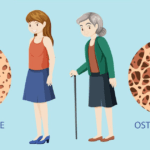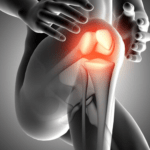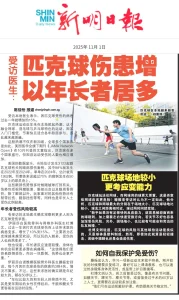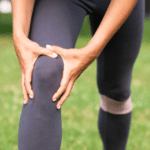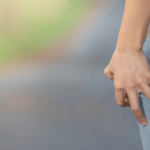Pickleball Treatment Singapore: How to Get Back on the Court Safely
November 12, 2025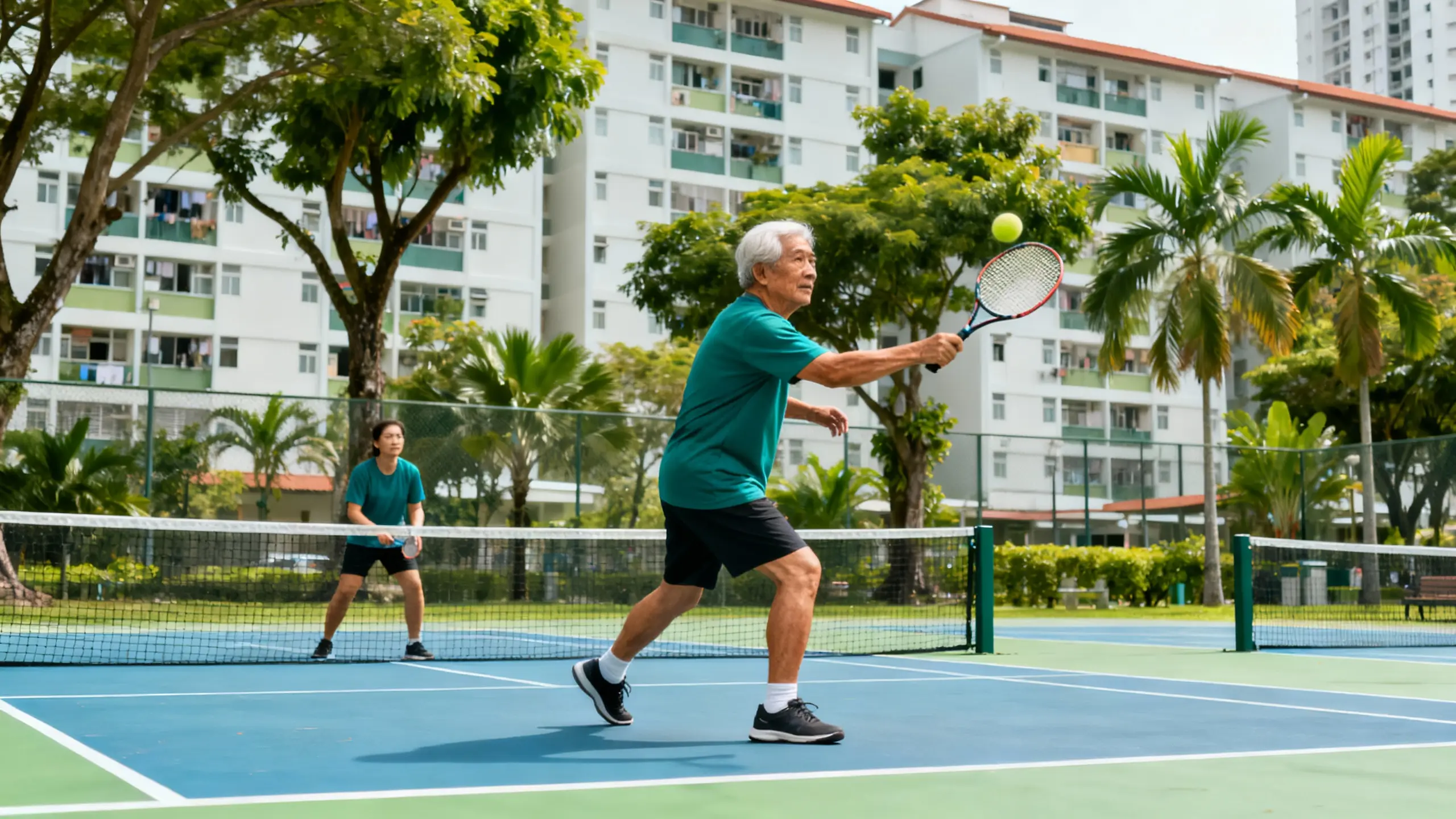
Pickleball’s popularity is soaring in Singapore, offering a fun and social way to stay active. However, with its rapid growth comes a noted increase in related injuries. As reported in the Shin Min Daily News (1 Nov 2025), Dr Tan Chyn Hong is seeing a clear uptick in patients with pickleball-related strains, sprains, and fractures, particularly among older adults.
At Asian Healthcare Specialists (AHS), Dr Tan Chyn Hong is experienced in diagnosing and treating these sports-specific injuries. If you’ve experienced pain or discomfort after playing, this guide will help you understand common injuries, prevention strategies, and the pathways to effective treatment here in Singapore.
Why Pickleball Is Triggering More Injuries in Singapore
The Unique Demands of the Game
Despite being accessible, pickleball involves quick, stop-start movements, rapid lateral changes in direction, and repetitive reaching and lunging. These actions place significant stress on joints, tendons, and muscles, especially if the body is not adequately conditioned for them.
Why Older Adults Are Particularly at Risk
As highlighted in the recent report, older players are more susceptible to this issue. This can be due to age-related factors such as naturally slower reaction times, decreased muscle strength and flexibility, and pre-existing joint conditions like arthritis. The fast-paced rallies on a small court demand quick reflexes that can sometimes lead to missteps and falls.
Common Pickleball Injuries We Treat
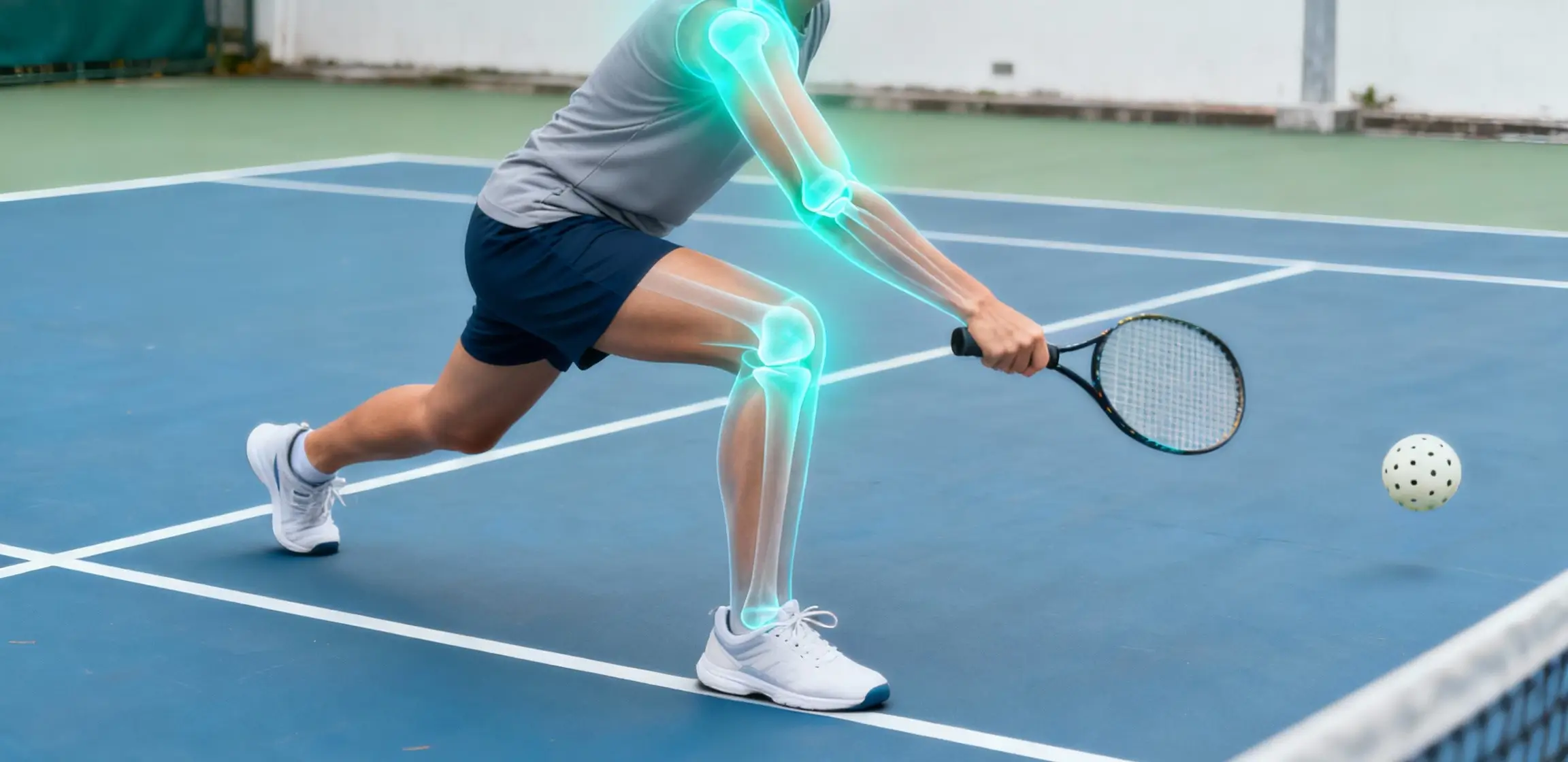
Our clinic specialises in treating musculoskeletal injuries, and we commonly see the following from pickleball:
Shoulder & rotator-cuff strains
If you’re feeling pain at the top or side of the shoulder, difficulty lifting your arm overhead or reaching behind you, these can be signs of rotator-cuff irritation or even tear from repeated pickleball swings.
Knee injuries – twisting, lunging and sudden stops
Your knee might sound or feel unstable when you pivot or lunge for that shot. That’s often the result of ligament or meniscus stress—common in pickleball’s quick-motion environment.
Elbow & wrist overuse – “pickleball elbow”
Repetitive backhand or volley strokes can inflame the tendons around your elbow (lateral epicondylitis) and wrist. This can compromise your grip, paddle control and game enjoyment.
When a mild ache becomes a serious problem
Many players shrug off mild pain and keep playing—this is risky. What starts as a small strain can end up in the orthopaedic surgeon’s office if neglected. Early diagnosis improves outcomes.
When to Seek Professional Pickleball Injury Treatment
While rest and ice can help minor aches, it is important to consult an orthopaedic specialist if you experience:
- Pain that is severe or does not improve after a few days of rest.
- Significant swelling, bruising, or deformity around a joint.
- An inability to bear weight on a leg or use an arm normally.
- A feeling of instability or “giving way” in a joint.
- Numbness, tingling, or weakness in the injured area.
- Any visual disturbance or facial injury after being hit by the ball.
Early diagnosis and intervention are key to a faster recovery.
Our Pickleball Injury Treatment Approach in Singapore
At AHS, we believe in a comprehensive and patient-centred approach to care.
Accurate Diagnosis: The First Step to Recovery
Dr Tan Chyn Hong will begin with a thorough physical examination and discuss your symptoms and how the injury occurred. To confirm a diagnosis, we may utilise advanced imaging such as X-rays, ultrasound, or MRI scans.
Personalised Non-Surgical Treatment Plans
Many pickleball injuries respond well to non-surgical methods. Your treatment plan may include:
- Rest and Activity Modification: Guidance on how to protect the injury.
- Medication: Anti-inflammatory drugs to manage pain and swelling.
- Physiotherapy: Our in-house rehabilitation specialists will design a programme to restore strength, flexibility, and range of motion. This is a core part of our multidisciplinary advantage at AHS.
- Injections: Corticosteroid or regenerative medicine injections (e.g., platelet-rich plasma, or PRP) may be considered to reduce inflammation and promote healing in specific conditions.
Surgical Options for Severe Injuries
For injuries that do not respond to conservative care or are severe from the outset (such as complete tendon ruptures or complex fractures), surgery may be recommended. Dr Tan is skilled in advanced arthroscopic and open surgical techniques for effectively repairing damaged structures.
Rehabilitation and Physiotherapy for a Full Recovery
Post-treatment rehabilitation is crucial. Our team will support you through every step of your recovery journey to ensure you regain function and confidence, with the goal of safely returning to the activities you enjoy.
Preventing Pickleball Injuries: Tips from an Orthopaedic Specialist
Prevention is always better than cure. Here are some evidence-based tips to help you stay safe on the court:
- Build Baseline Fitness: Strengthen your core, legs, and shoulder muscles off the court.
- Warm Up and Cool Down: Dedicate 10-15 minutes to dynamic stretches and light cardio before playing, and static stretching afterwards.
- Learn Proper Technique: Consider taking a lesson to master correct footwork and stroke mechanics, which can help reduce strain on your body.
- Wear Appropriate Footwear: Supportive court shoes with good grip are essential to prevent slips and ankle rolls.
- Listen to Your Body: Rest when you are tired, and address niggling pains early before they become serious injuries.
Frequently Asked Questions (FAQs)
Q1: I have a nagging shoulder pain when I serve. What should I do?
A: Persistent shoulder pain during overhead motions is a common sign of rotator cuff tendonitis or a tear. We recommend you have it assessed. Early intervention with physiotherapy and activity modification often resolves the issue effectively.
Q2: How long does it take to recover from a pickleball injury?
A: Recovery time varies. A mild sprain typically heals within 2-4 weeks with rest and physiotherapy. A more severe sprain or tear could take several months to recover from. An accurate diagnosis from a specialist is the best way to understand your expected recovery timeline.
Q3: Do you treat work-related injuries or only sports injuries?
A: Our orthopaedic expertise covers the entire musculoskeletal system. We treat a wide range of conditions, whether they originate from sports, work, degenerative changes, or accidents.
Q4: Why choose a multidisciplinary clinic like AHS for a sports injury?
A: AHS offers integrated care. From initial diagnosis with Dr Tan to tailored rehabilitation with our physiotherapists, your entire treatment journey is coordinated under one roof, ensuring seamless and comprehensive care focused on your recovery.
Q5. Do I need to stop playing pickleball after injury?
A: Not necessarily. With proper treatment and rehab, we help you return to play. Often, you’ll come back stronger and smarter. The key is treating correctly, not just playing around with pain.
Why Choose Dr Tan Chyn Hong and AHS for Your Pickleball Injury?
Choosing the right specialist is a crucial step in your recovery. Dr Tan Chyn Hong offers a combination of specialist orthopaedic expertise and a compassionate, patient-focused approach. At Asian Healthcare Specialists, you benefit from our:
- Specialised Knowledge: Focus on shoulder, knee, and elbow conditions.
- Multidisciplinary Network: Direct access to physiotherapy and rehabilitation services.
- Personalised Care: Treatment plans tailored to your specific injury, lifestyle, and recovery goals.
- Modern Facilities: Advanced diagnostic tools and a comfortable clinic environment at Mount Elizabeth.
Take the First Step Towards Recovery
Don’t let pain keep you off the court. If you are experiencing discomfort from pickleball, seeking timely and expert advice is the most effective way to return to doing what you love safely.
Schedule a consultation with Dr Tan Chyn Hong today to receive an accurate diagnosis and a personalised treatment plan.
About the author
Doctor’s News
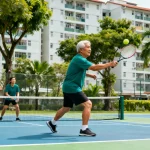

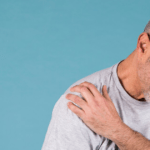
Doctor’s Medical Insights

